#Coscinocera hercules
Text



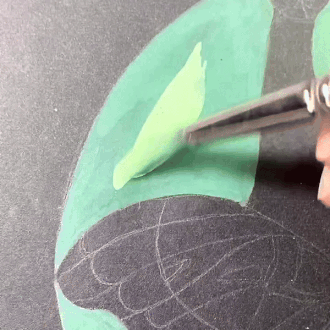


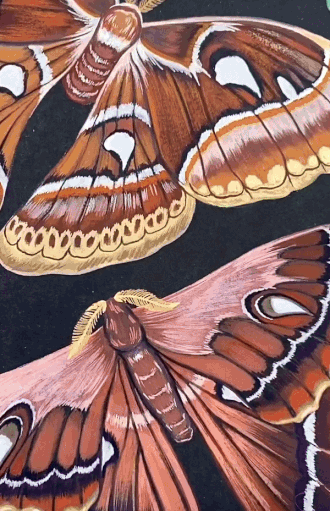
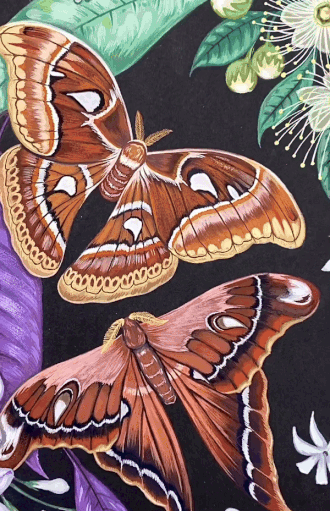
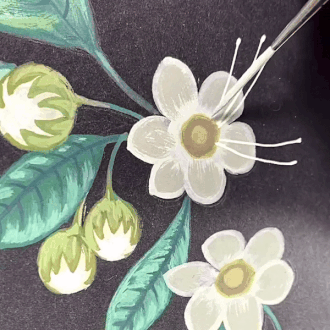
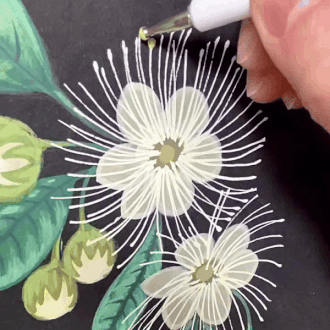

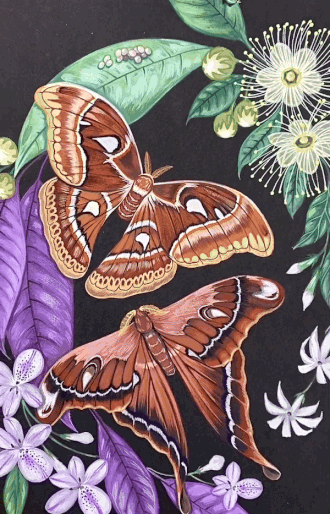
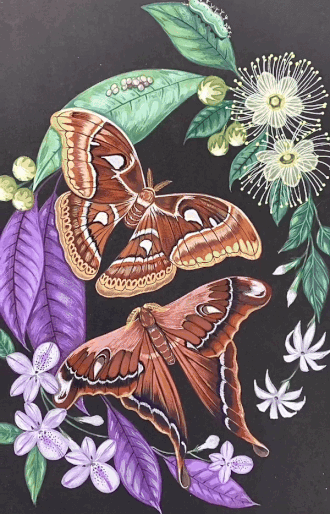






process of painting a portrait of hercules moths (coscinocera hercules) | eloiseshortdesign on ig
#stim#stimboard#moths#painting#sfw#brown#black#white#purple#green#art#paintbrushes#hands#flowers#plants#hercules moth#coscinocera hercules#austrailian rainforest moth#insects#bugs#fake animals#animals#caterpillars#leaves#ishy gifs#postish
315 notes
·
View notes
Text
Moth Of The Day #200!
Hercules Moth
Coscinocera hercules
From the saturniidae family. They have a wingspan of about 27 cm, and they have the largest surface area documented, with a total of 300 square cm. They inhabit rainforests and tropical areas, as they are endemic to New Guinea and northern Australia.




Image sources: [1] [2] [3] [4]
#moth#moths#lepidopterology#lepidoptera#nature#pretty moth#insect#bugs#moth of the day#motd#lepidoptery#entomology#bugblr#bug#insects#invertebrates#cool moth#beautiful moth#hercules moth#big moth#coscinocera hercules#saturniidae#saturniidae moth#saturniid
385 notes
·
View notes
Text
Saturniid Moths
(aka those moths with the eyes)

Moths from the Saturniidae family are probably the most well known moth species around. This family has approximately 1500 species distributed worldwide, although they're more common in tropical areas. They have these fake eyes that they don't display when at rest, but when disturbed, they flap their wings, displaying eyes made to mimic owl or snake eyes, and that gives them enough time to escape their predators. These eyes are easily their most recognizable feature. They also have very large wings, the largest saturniid has a wingspan of up to 30 cm (but we'll talk about that later). They are mostly nocturnal, and easily attracted to light, although some are diurnal. Adults cannot eat because their mouthparts don't function. In some places, their caterpillars (like the mopane worm) are eaten.
Check out this interesting diagram of Saturniidae moth sizes in Indiana. It should give a general idea of how big most Saturniidae are.

Some iconic saturniids include:
The Io moth (Automeris io)
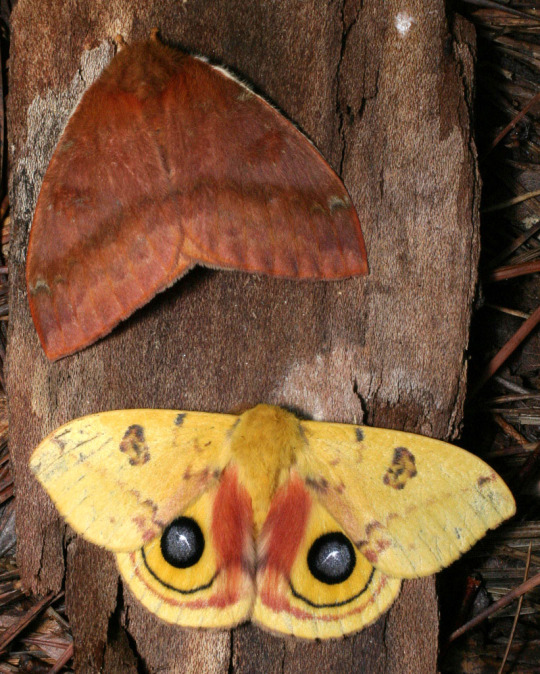
These guys are sexually dimorphic, the male is the yellow one the female is the brown one above it. They have unusually large eyespots even for saturniids. They are distributed across Canada, the US and Mexico.
The Luna moth (Actias luna)

Pictured here is a male luna moth, luna moths are sexually dimorphic and the females look similar although more triangular in shape. Fun fact: the 'tails' on their wings are there to help reduce predation as bats will chomp on them instead of, for example, a main part of their wing which may prevent them from flying and/or enable the bat to have better grip on them and just eat them. Distributed across the US and Canada.
The Atlas moth (Attacus atlas)

As you can see, these guys are pretty big. Their wingspan can be up to 30 cm wide. Fun fact: their cocoons are so strong they are sometimes used as purses. Distributed across China, India, Malaysia and Indonesia.
Hercules moth (Coscinocera hercules)

VERY VERY BIG. The females have the biggest wing surface area (300 square cm) of all extant insects. They have a rather large wingspan as well, around 27 cm. The caterpillars can sometimes take more than a year to metamorphose. Native to Northern Australia and New Guinea.
Sources:
Saturniid moth
Family saturniidae
Cool study on moth diversity in Mexico
Io moth
Luna moth
Largest moth
Spotlight: the atlas moth
Hercules moth
Moths with larger hindwings and longer tails are best at deflecting bats (very interesting read)
Image creds:
[1] [2] [3] [4] [5] [6]
39 notes
·
View notes
Text
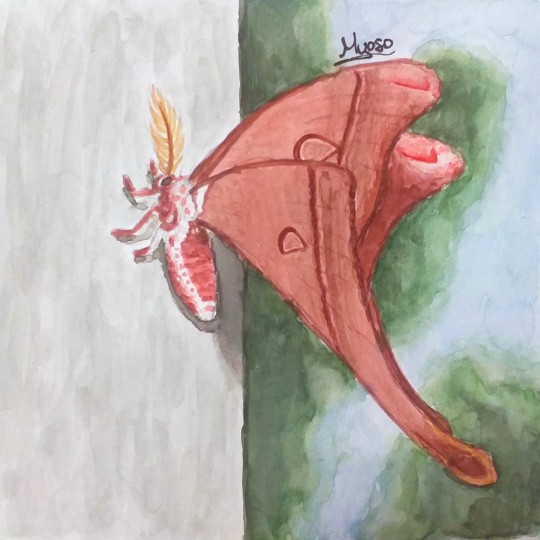
Moth watercolor painting (1/5)
Coscinocera hercules, aka hercules moth
17 notes
·
View notes
Text
Some look like pieces of rotting wood, bird droppings, or thorns. A moth that appears to be a splotch of turquoise mold reveals startling coral-colored hindwings when it flies. Another trails streamers that baffle birds chasing it through the air. [...]
A few engage in tactical mimicry: of wasps, of repellent beetles, of less-edible moths that are their cousins. Some are furnished with hairs capable of triggering allergies and anaphylactic shock. [...]
Though the preponderance are herbivorous as larvae, there are also carnivores and frugivores. One moth tricks meat ants into carrying its caterpillars into their nests, where the larvae dine delicately on infant ants. [...]
Among this spellbinding Australian bestiary are some of the world’s largest and heaviest moths. Coscinocera hercules, the Hercules moth, is found in northern Queensland and can grow to have a wingspan of thirty-six centimeters -- the diameter of a car’s steering wheel. Caterpillars of the Hercules moth feed in bleeding heart trees, and then they pupate for two years. The adult moth, which moves somewhat floppily, like a dropped sunhat, lives only two days. Earlier this year construction workers sinking the foundations for a school in Mount Cotton disturbed a giant wood moth, Endoxyla cinereus, the heftiest species yet identified by science and not uncommon, though it is rarely seen. A builder balanced it on the tip of a saw for a photograph -- a moth the size of a catcher’s mitt, its dusky legs dangling.
The architecture of a flower, tailored for pollination by a specific insect, can provide clues about moths unmet in the wild. Take the star-shaped orchid, from which Charles Darwin inferred the existence of a then-unknown moth with an exceptionally long tongue needed to tap the bloom’s nectary. Decades after Darwin’s death in 1882, such a moth -- a subspecies of the Congo moth, X. morganii praedicta -- was discovered with a ribboning proboscis almost three times the length of its body. The alliances between moths and other animals, as opposed to plants, are less well described, but as Lepidoptera elsewhere have evolved to drink the tears of river turtles, so too have unique dependencies emerged between moths and native species in Australia. There is a moth that lives in koala scat, and one that feeds only in the nests of finches. Most memorable is the moth found in holes hollowed out by golden shouldered parrots in the clay of abandoned termite mounds. There, this moth species lives off the excreta of nestlings. Though they function to keep the nest hygienic, the larvae have been known to spin cocoon masses that have blocked the entrance to the tunnel, leaving baby parrots trapped -- a gothic demise for the birds.
---
Text by: Rebecca Giggs. “Noiseless Messengers.” Emergence Magazine. 27 June 2022. [Bolded emphasis added by me.]
40 notes
·
View notes
Note
Oh em gee I have found clover on my dashboard
10/13/22
gasp! you found me!! i hope you like seeing me around :]
...well, bud, i hope you've been having a lovely day today!
cuz my day's certainly been good. i got to tell my friends at school about the hercules moth... and golly do i love telling people about the hercules moth! hey, why don't i tell you about the hercules moth?

look at this brown saturniid beauty! coscinocera hercules is one of, if not the largest moths in the world! and wow... just looking at those vast hooked forewings and tailed hindwings...? i feel like i'm looking at an angel!!!
of course, all butterflies and moths are practically angels... golly...... :)
4 notes
·
View notes
Photo
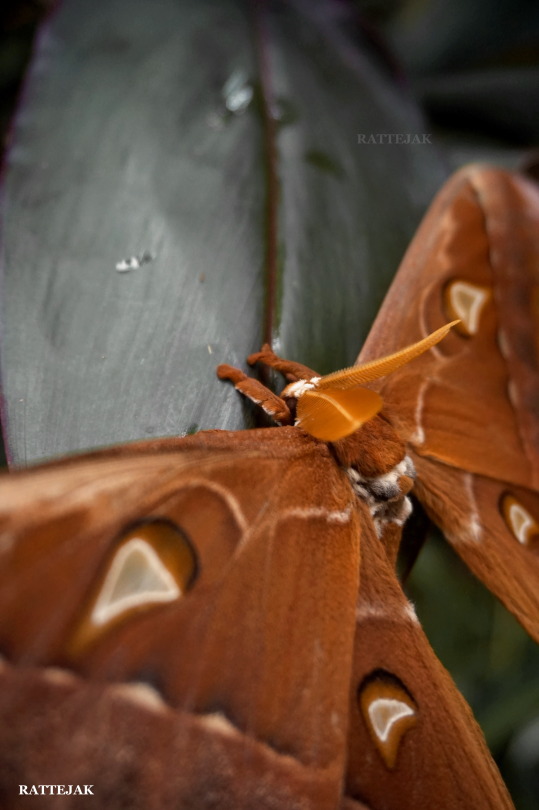
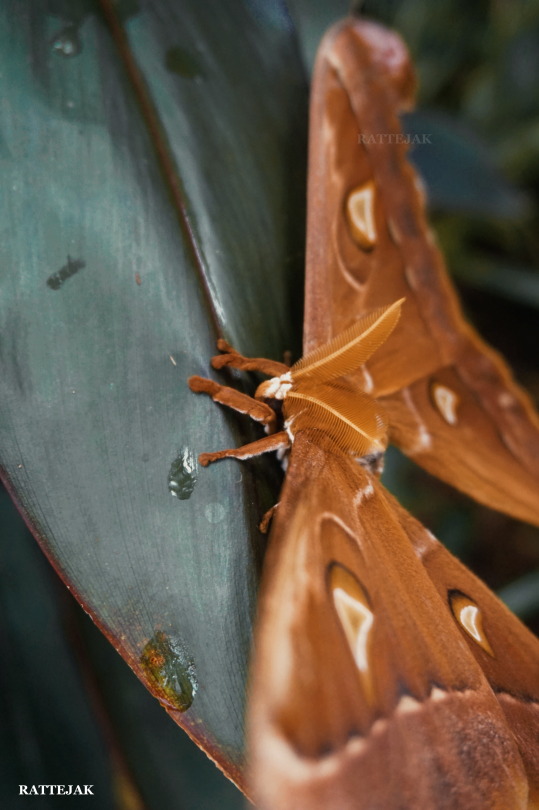
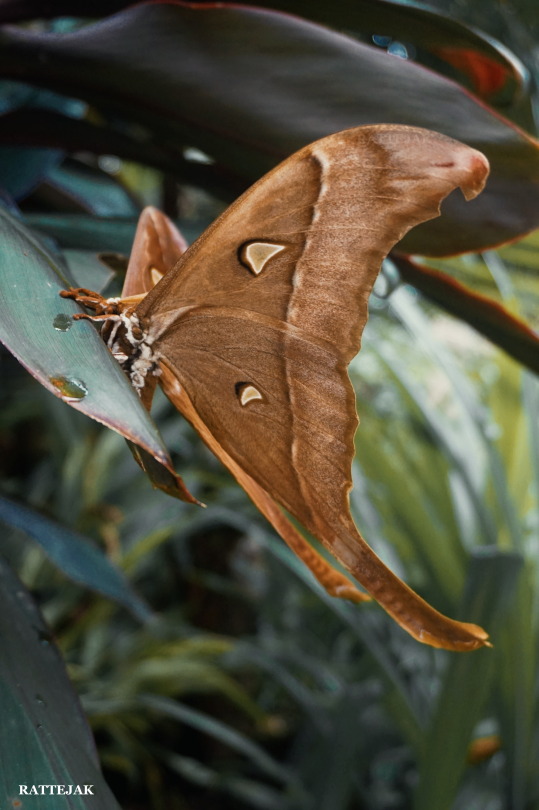

What a gorgeous creature. I can’t imagine how fat the caterpillars must be.
Coscinocera hercules
24/04/21
#Coscinocera hercules#Hercules Moth#Coscinocera#Attacini#Saturniinae#Saturniidae#Bombycoidea#Lepidoptera#lepidopterophobia#lepidopterology#Entomology#nature aesthetic#nature#moths#mothblr#moths tw#moth#mothcore#tropical#tropical aesthetic#bugs#bugblr#bugs tw#bug#insect#insects#insecta#insects tw#insectblr#emperor moths
110 notes
·
View notes
Text

4 notes
·
View notes
Text
Coscinocera hercules

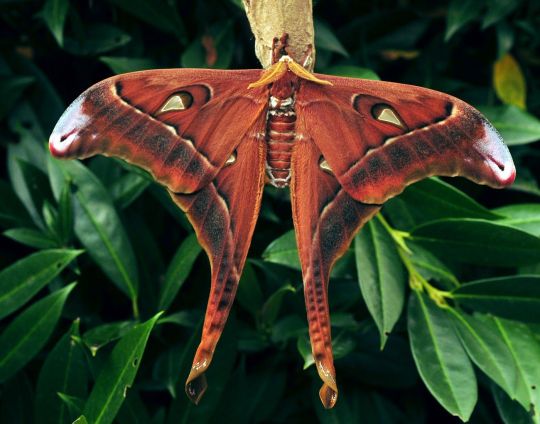

Coscinocera hercules - Hercules moth
Family: Saturniidae
#Coscinocera hercules#hercules moth#butterflies and moths#moth#silk moths#moths#lepidopterist#lepidoptera#lepidopterology#saturniidae#saturnidae#coscinocera#insects#nature
159 notes
·
View notes
Text

3K notes
·
View notes
Text

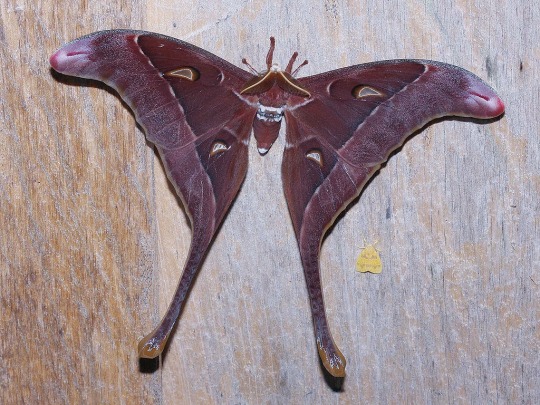
coscinocera hercules
hercules moth
location: oceania
217 notes
·
View notes
Photo



saturniidae but trans for trans visibility week!
Coscinocera Hercules (genderqueer colours), Opodiphthera Eucalypti (trans colours) and Syntherata Janetta (nonbinary colours)
#pixel#pixel art#trans visibility week#genderqueer#trans#nonbinary#moths#insects#can't believe i can be perceived this week#waow
54 notes
·
View notes
Note
Dr. Emory, this is Annie from the archival room. Just out of curiosity, was it you I heard talking in a soft voice in your office to one of the specimens you received in a shipment today? Just curious, it was kind of sweet if so 😊
Afternoon Annie, lovely dress by the way. Noticed earlier on my way to clock back in.
If I’m caught I’m caught, it was probably me. Alright, definitely me. Get very focused on my work sometimes, that’s the excuse I’m going with. In my defense it was a particularly stunning Coscinocera hercules. Very vivid forewing patterns around the outer margin. Tail included, it was larger than my hand, by a respectable amount.
Think so? Good to hear it then. See you tomorrow.
39 notes
·
View notes
Photo

• ATLAS MOTH The Atlas moth is one of the largest lepidopterans, with a wingspan measuring up to 24 cm (9.4 in) and a wing surface area of about 160 cm2 (~25 in2). It is only surpassed in wingspan by the white witch (Thysania agrippina) and Attacus caesar, and in wing surface area by the Hercules moth (Coscinocera hercules). As in most Lepidoptera, females are noticeably larger and heavier than males, while males have broader antennae. #runard6 #butterflies #moth #mothernature #butterfly #insectsofinstagram #insect #insects #insectphotography #naturephotographer #naturephotography #natureloversgallery #naturelovers #natureshots #photooftheday #photoftheday #photographers #photographer #photoblogger #travelshots #travelshot #travelphography #travelblogger #travel #travelgram #shotoftheday #picoftheday #photograph #photography #photo (at Ri-Bhoi district) https://www.instagram.com/p/CTG8-kMsSC5/?utm_medium=tumblr
#runard6#butterflies#moth#mothernature#butterfly#insectsofinstagram#insect#insects#insectphotography#naturephotographer#naturephotography#natureloversgallery#naturelovers#natureshots#photooftheday#photoftheday#photographers#photographer#photoblogger#travelshots#travelshot#travelphography#travelblogger#travel#travelgram#shotoftheday#picoftheday#photograph#photography#photo
0 notes
Text
Avustralya'nın Dev Güvesi: Coscinocera Hercules
Avustralya’nın Dev Güvesi: Coscinocera Hercules
Coscinocera hercules, Yeni Gine ve kuzey Avustralya’ya özgü olan Saturniidae ailesina ait güve türüdür. Tür ilk olarak 1876 yılında William Henry Miskintarafından tanımlanmıştır. 27 santimetre kanat açıklığına sahiptir ve Avustralya’da bulunan en büyük güvedir. Kanatları herhangi bir canlıda belgelenmiş en büyük yüzey alanına (300 santimetre kare) sahiptir. Bilimsel adı, muhtemelen antik Yunan…
View On WordPress
0 notes
